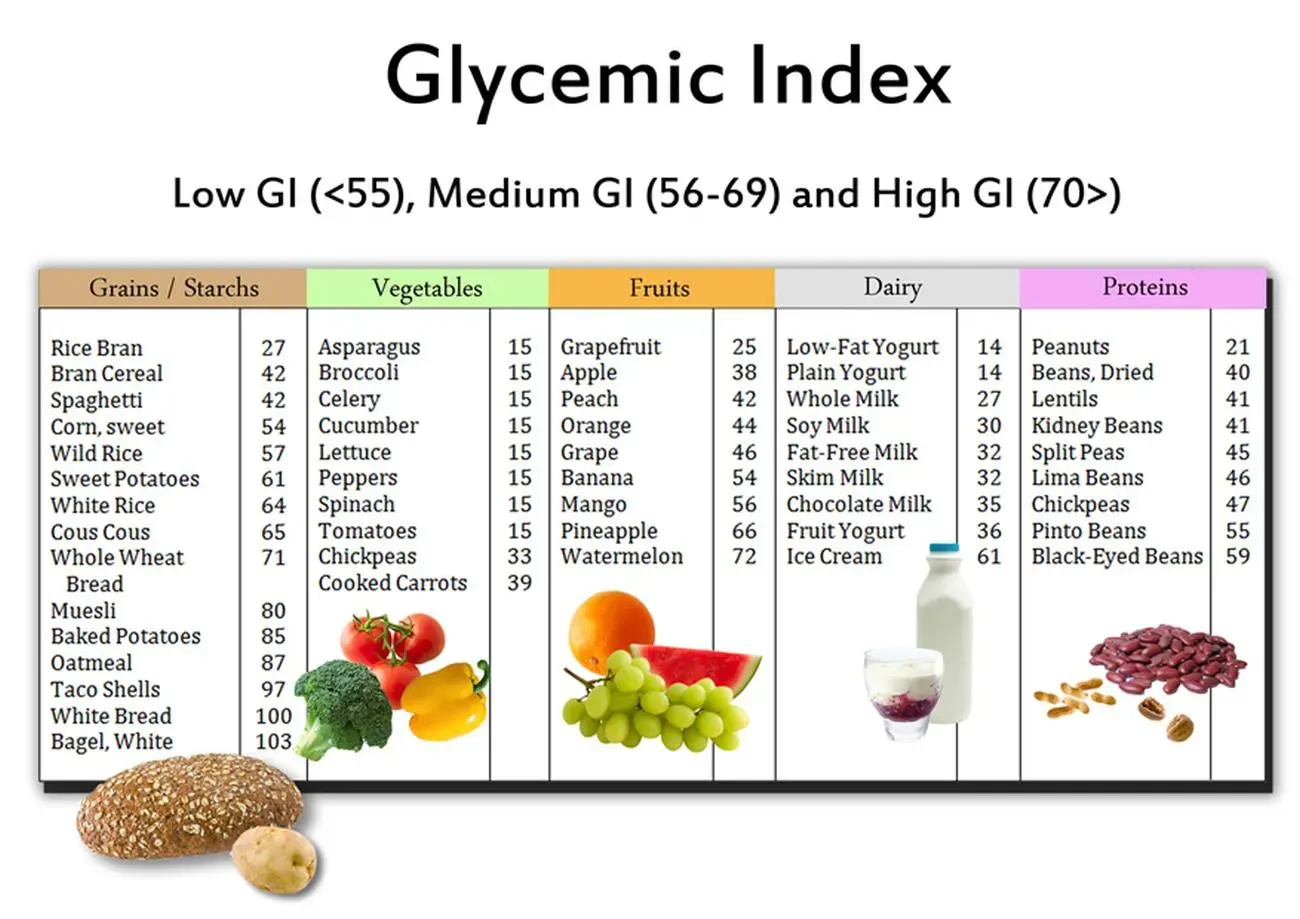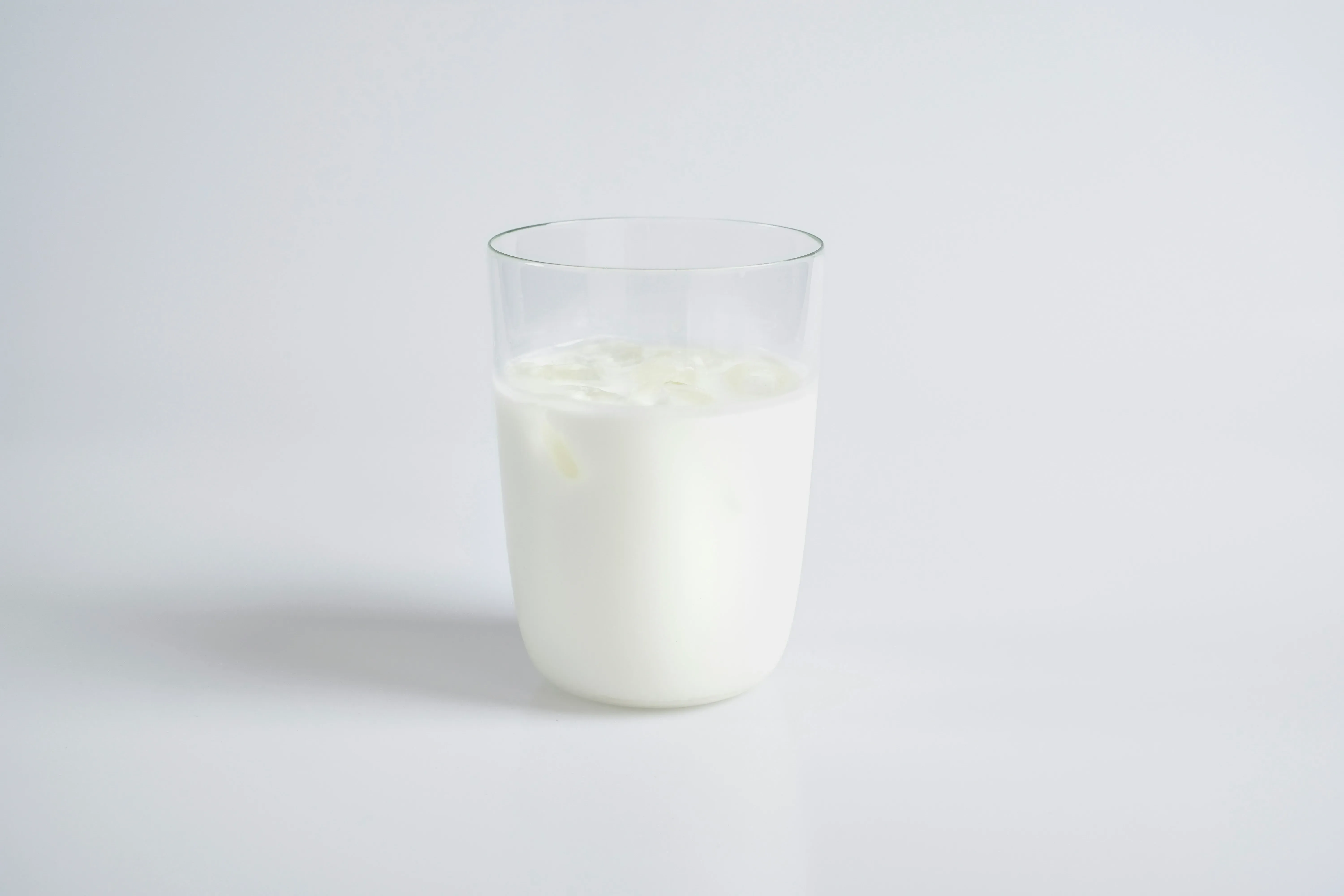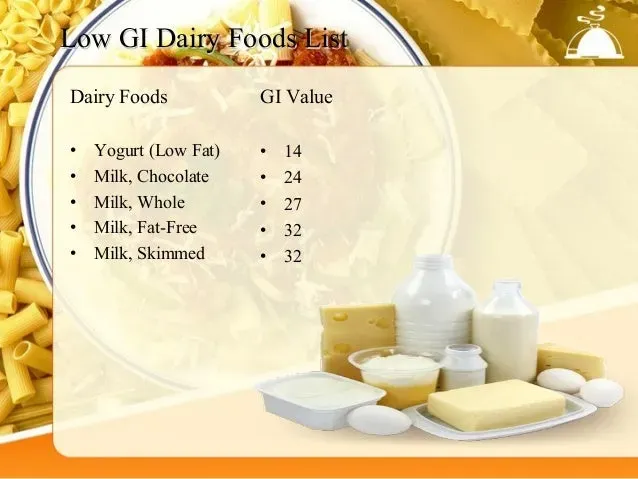Table of Contents
Thinking about milk and how it affects your blood sugar? You're not alone. It's a common question, especially if you're keeping an eye on carbohydrate intake or managing conditions like diabetes. We hear a lot about the glycemic index (GI) – a tool that helps us understand how quickly a food can raise glucose levels in the bloodstream. But where does something as common as low fat milk fit into this picture?
Glycemic Index Basics: What You Need to Know

Glycemic Index Basics: What You Need to Know
Alright, let's cut through the noise about the Glycemic Index, or GI as folks often call it. Think of it as a scorecard for how quickly the carbs in a specific food shoot sugar into your bloodstream. Foods are ranked on a scale, usually from 0 to 100. High GI foods cause a rapid spike, like tossing gasoline on a fire. Low GI foods, on the other hand, are more like adding kindling – a slower, steadier burn. This matters because those big, fast sugar spikes aren't great for your body, especially if you're trying to keep your blood sugar levels on an even keel. Understanding the GI helps you make smarter choices, and it's exactly why we're even talking about the low fat milk glycemic index in the first place.
Low Fat Milk Glycemic Index: The Numbers

Low Fat Milk Glycemic Index: The Numbers
Pinpointing the Typical Range
So, you're wondering about the actual numbers for the low fat milk glycemic index. It's not a single, fixed number, like some foods. Think of it more as a range. Most studies and sources place the glycemic index of low fat milk somewhere between 30 and 40. That puts it squarely in the "low GI" category. Foods with a GI under 55 are generally considered low, 56-69 are medium, and 70 or above are high. So, milk, even with its natural sugar (lactose), behaves quite favorably in terms of how fast it impacts your blood sugar.
Why the Number Isn't Always Exact
Now, you might see slightly different numbers depending on where you look. Why the variation? A few things can influence the reported low fat milk glycemic index. Processing methods can play a small role. Also, individual responses can differ. Our bodies aren't identical machines; factors like metabolism, how the food is consumed (alone or with other foods), and even the time of day can affect the glycemic response. But the key takeaway remains consistent: low fat milk typically results in a slow, gradual rise in blood glucose.
Here's a quick look at how milk compares to a few other common drinks:
- Low Fat Milk: GI ~30-40
- Whole Milk: GI ~30-40 (Fat doesn't change the GI much, but affects overall impact)
- Orange Juice (unsweetened): GI ~50
- Soda (sugar-sweetened): GI ~60+
- Almond Milk (unsweetened): GI ~25
What These Numbers Mean for You
Knowing the low fat milk glycemic index is low is pretty useful. For starters, it suggests that incorporating low fat milk into your diet is unlikely to cause those sharp blood sugar peaks that can leave you feeling drained later. If you're managing diabetes or just trying to maintain stable energy levels throughout the day, this is good news. It means you can often include it with meals or snacks without worrying about a significant glycemic load from the milk itself. It's another tool in your kit for building balanced meals that support steady blood sugar.
Why Low Fat Milk's Glycemic Index is Often Low

Why Low Fat Milk's Glycemic Index is Often Low
It's Not Just About the Sugar
Look, milk has sugar in it. That's a fact. It's called lactose, a disaccharide made of glucose and galactose. Now, if you just drank a glass of pure glucose solution, your blood sugar would shoot up like a rocket. Lactose is different. Your body has to break it down first. This digestive step takes time, which means the sugar hits your bloodstream more slowly than, say, the simple sugars in fruit juice or a soda. It's a built-in speed bump, courtesy of nature.
The Protein and Fat Factor
Beyond the type of sugar, milk brings other players to the table: protein and, yes, even in low fat versions, some fat. These macronutrients are like chaperones at a high school dance – they slow things down. Protein, especially, has a significant impact on gastric emptying (how quickly food leaves your stomach) and can stimulate insulin release, which helps manage blood sugar. Fat also contributes to this slowing effect. It's not just the carbs in isolation; it's the whole package working together that influences the low fat milk glycemic index.
Consider the difference:
- Drinking sugary water: Fast sugar spike.
- Eating a piece of fruit: Fiber and other compounds slow it down a bit.
- Drinking milk: Protein and fat significantly slow the sugar absorption from lactose.
The "Food Matrix" Effect in Action
Scientists often talk about the "food matrix." This isn't some sci-fi concept; it's just how the different components of a food (carbs, protein, fat, fiber, etc.) are structured and interact. In milk, the way lactose is suspended within the protein and fat structure affects how accessible it is to digestive enzymes. This physical structure, this matrix, contributes significantly to that lower glycemic response we see with the low fat milk glycemic index. It's a classic example of how the sum is different from its parts when it comes to digestion and blood sugar.
Low Fat Milk Glycemic Index vs. Other Drinks

Low Fat Milk Glycemic Index vs. Other Drinks
Comparing Milk to Sugary Culprits
let's put the low fat milk glycemic index into perspective by stacking it up against some usual suspects in the beverage aisle. Think about grabbing a can of soda or a glass of fruit juice. These drinks are often loaded with simple sugars that your body can absorb almost instantly. The result? A fast, sharp rise in blood sugar. We're talking GI numbers that can easily hit 60, 70, or even higher. Compare that to the typical 30-40 range for low fat milk. It's a stark difference, highlighting how milk's composition, even with lactose, offers a much gentler impact on your glucose levels. It's not just about the calories; it's about how quickly those calories affect your system.
Milk vs. Juices and Sweetened Beverages
Consider fruit juice. Sounds healthy, right? While it has vitamins, the fiber from the whole fruit is gone, leaving concentrated natural sugars that behave much like added sugars in your body. An average orange juice might have a GI around 50. Still medium, but higher than milk. Sweetened iced tea? Lemonade? These are often just sugar water with flavoring, designed for rapid absorption and a quick energy hit followed by a crash. They lack the protein and fat found in milk that act as those speed bumps for sugar uptake. Understanding the low fat milk glycemic index helps you see why it's often a better choice for blood sugar management than many popular alternatives.
Beverage | Approximate Glycemic Index (GI) |
|---|---|
Low Fat Milk | 30-40 |
Whole Milk | 30-40 |
Orange Juice (unsweetened) | 50 |
Cola (sugar-sweetened) | 60+ |
Almond Milk (unsweetened) | ~25 |
Rice Milk (sweetened) | ~80-90 |
Looking at Plant-Based Alternatives
Now, what about the booming world of plant-based milks? This is where it gets a bit varied. Unsweetened almond milk, for example, is mostly water and nuts, often very low in carbs and can have a GI even lower than dairy milk, sometimes in the 20s. Great, right? But check the label. Many plant milks, like rice milk or some oat milks, especially sweetened versions, can have significantly higher GIs. Rice milk, lacking the protein and fat structure of dairy, can behave much more like a high-GI carbohydrate, sometimes soaring into the 80s or 90s. The low fat milk glycemic index offers a consistent, low-GI option, whereas plant-based alternatives require careful label scrutiny to know what you're actually getting in terms of blood sugar impact.
Putting the Low Fat Milk Glycemic Index into Practice

Putting the Low Fat Milk Glycemic Index into Practice
Making Smart Choices Daily
So, you know the low fat milk glycemic index is on the lower side. How do you actually use this info? It's not about rigidly tracking every single number, but understanding the general principle. Because it causes a slower rise in blood sugar, low fat milk can be a solid choice as part of a balanced meal or snack, especially compared to sugary drinks. Think about pairing it with something that has fiber or protein, like a handful of nuts or a piece of fruit, to further manage your glycemic response. It's about making informed swaps that support steadier energy levels throughout the day.
For instance, instead of a high-GI juice with breakfast, a glass of low fat milk could be a better option. Or, if you need a post-workout refuel, milk provides both carbs (lactose) and protein, offering a sustained energy source without the sharp peak and crash you might get from a sports drink. It’s about leveraging that low fat milk glycemic index to your advantage in real-world eating situations. It’s not a magic bullet, but it’s a tool.
- Swap sugary drinks for low fat milk with meals.
- Pair milk with fiber-rich foods like fruit or oats.
- Consider milk for post-exercise recovery.
- Use the low fat milk glycemic index info to build balanced snacks.
Making Sense of Low Fat Milk and Your Blood Sugar
So, we've looked at the numbers, and the data generally puts the low fat milk glycemic index in the low category. It's not magic; the combination of protein, fat (even reduced fat), and the structure of milk itself slows down sugar absorption compared to, say, a sugary soda. This isn't a free pass to drink gallons, obviously, but understanding where low fat milk stands on the glycemic scale provides a useful piece of the puzzle when you're building a balanced diet. It often stacks up better than many plant-based alternatives or fruit juices in terms of immediate blood sugar impact. Knowing the typical low fat milk glycemic index helps you make informed decisions, fitting it into your eating pattern alongside other foods that contribute to stable energy levels throughout the day.
